The Baden-based company, Birkenmeier, wants to use a simple trick to provide more nature in cities: The natural landscape is not being created horizontally on the ground or on roof-tops; it is being created vertically – on the walls of buildings.
Bushes in bloom at a height of ten metres, birds and lizards nesting in walls and rainwater that is automatically filtered on its way down from the roof: The 1,200 square metre green wall that is currently coming to life near the French border in Niederrimsingen, Baden-Wuerttemberg sounds a bit like a nice piece of science fiction; this thing may have the makings of lasting change – not only in the construction of industrial buildings, but in more than one sense of the word.
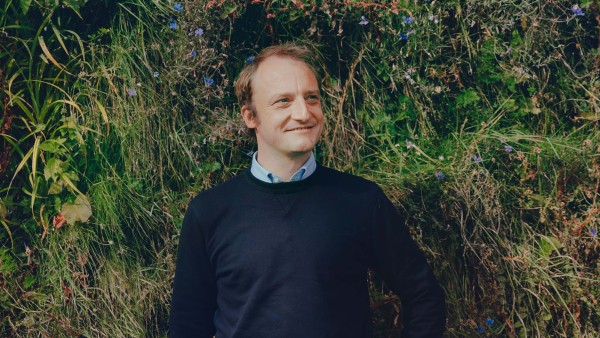
Felix Birkenmeier, the third generation of the Birkenmeier family to run the company
The wall is part of the Breisach-based Birkenmeier Stein + Design company’s 10,000 square metre factory building, and is also a pilot project. Birkenmeier wants to show that it is possible to combine ecological relevance with cost-conscious practicality. The idea evolved while the building was being constructed, explained Felix Birkenmeier, the third generation of the Birkenmeier family to run the company. The wall had originally just been intended for the company’s own building. “At first, it was all about creating a visual impact,” said Birkenmeier. “We have now developed this prototype into a product ready for series production.”
The medium-sized company, Birkenmeier, has become known for the production and marketing of concrete products for creating outdoor areas: surfaces for terraces, driveways, pavements and roads as well as design elements and furniture for entrance areas, swimming pools and public spaces such as at the Porsche Arena or the Carl-Benz Center in Stuttgart. According to Birkenmeier, the company owner’s ambition is to “keep developing the products and, for example, work on individual projects with architects”.
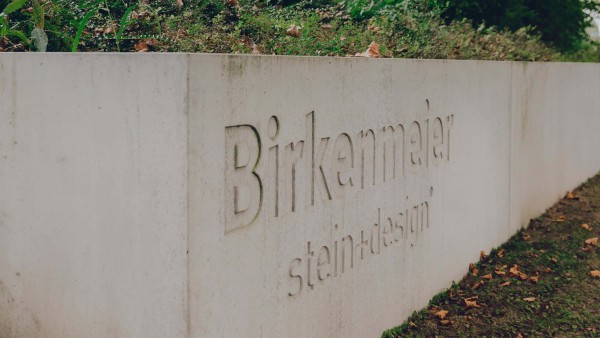
As a result, the wall was built according to a design jointly created by architect Adrian Birkenmeier and long-standing collaborative partner Klaus Wegenast from the company “ flor-design”. At its core, the structurally self-supporting green wall is made of precast reinforced concrete. Sections are filled with soil where a variety of plants grow and these, in turn, create habitats for insects, birds and small animals. The water from the roof runs down the wall and waters the plants. At the same time, it is naturally filtered so that it can run off directly without any need for soakaways. This means there is no need to seal more surfaces than absolutely necessary – and saves on dewatering fees.
Birkenmeier is convinced that this can become a long-term business model – not least because of the numerous potential applications and the combined benefits. Instead of financing expensive CO2 measures to offset the climate neutrality of a construction project, the project itself is the solution here. KfW got involved at an early stage and used Programme 293, the “Climate action campaign for SMEs” to finance the production hall with a photovoltaic system and green wall. “The term and repayment periods were very well suited to our project,” explained Felix Birkenmeier. “In running the campaign, we want to support SMEs that are already seeking to transform in line with the Paris Agreement with regard to their investments,” explained Alexander Klein, Head of Climate and Corporate Finance at KfW. "The extra-low interest rates KfW offers make for an extremely attractive overall package.”
The construction of the hall and the green wall is accompanied by various types of scientific follow-up monitoring to examine the extent to which the wall affects the climate, soil, water, plants, animals and humans to be protected. The aim is to officially recognise the green wall as an ecological compensation measure and to charge eco points to an eco account, a kind of voluntary savings account for conservation measures. Companies can have the wall credited as a compensatory measure and are granted a building permit more easily. With respect to recognition, the company is in close contact with the Lower Nature Conservation Authority of the Breisgau Hochschwarzwald District Office in Germany and the Conservation and Landscape Management Department of the Freiburg Regional Council for recognition.
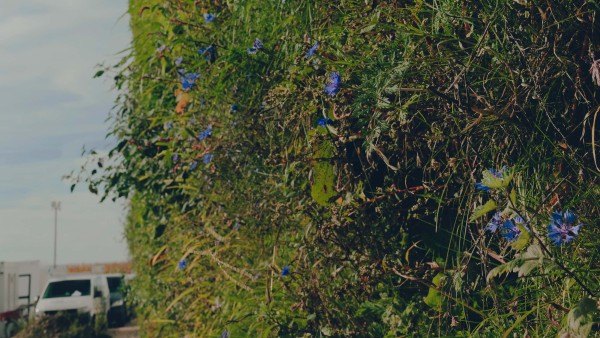
Green wall
With each individual wall, but also as part of a network of other green walls, industrial areas can become greener without using up a lot of land.
Birkenmeier and the Wegenast family from flor-design have set up the company “ Grünwand.de” to sell the facade system in the future. A shared vision: The additional costs for a green wall will be quickly offset by the many advantages for the building owner, the environment and urban development. As an example, when soil excavated during construction is used, it becomes clear how all of this interrelates. “The wall can be planted up and delivered ready for use, or we can use the topsoil from the building plot in the wall,” explained Birkenmeier. “Normally, this soil, which has accumulated over decades, has to be removed and disposed of at great expense. Here, it is at least partially used on site, which both makes economic sense and contributes to the preservation and development of the local flora and fauna.”
European company
Birkenmeier is located three kilometres from the border between Germany and France. Consequently, the website is available in both German and French. “As we are close to the border, we are also established on the French market – we see ourselves as a European company,” clarified CEO Felix Birkenmeier. “A large proportion of the employees are native French speakers and many also live in France. We are bilingual both internally and externally. And we incorporate both the French and German cultures.”
Learn moreThe green wall also offers advantages for urban planning. With each individual wall, but also as part of a network of other green walls, industrial areas can become greener without using up a lot of land. This can reduce the warming of cities to a certain extent – and commercial and industrial areas can once again become habitats for more flora and fauna.
According to Birkenmeier, there are plant-based solutions for every latitude and each direction. The building owner can achieve decorative effects or opt for evergreen plants. The wall also contains hardwoods so that real shrubs can jut out over time and offer nesting sites for birds. Rocks and old wood can become home to lizards and other small animals. “Water management must always be supplemented with an irrigation system to bridge the gap during dry periods,” said Birkenmeier. “With a cistern solution, our prototype would easily get through the year using the collected rainwater.”
The plants create shade on the facade and a more pleasant climate both outside and inside the building. The same effect would also be achieved with a green roof – but this is much more demanding and expensive from a structural point of view. This means the roof can still be used for a photovoltaic system, as it is with the prototype. Birkenmeier also affirmed that it was less expensive to maintain the planted wall than a glass facade. The first customers have already contacted the company. “We have received interest from established compa-nies involved in the construction of halls and logistics centres,” said Birkenmeier. According to the company director, it is important that, “our system should be considered at an early stage of planning. Retrofitting is either very expensive or not possible.” This has meant that Birkenmeier has had to reject some requests because the planning process was too far along.
Published on KfW Stories: 16 April 2022.
The described project contributes to the following United Nationsʼ Sustainable Development Goals
Goal 12: Ensure sustainable consumption and production patterns
Humanity has long lived beyond its ecological means. This applies in particular to industrial countries and the growing upper and middle classes in many emerging economies. The transition to an economic strategy and way of life that respects the natural limitations of our planet can only be successful if we adjust our consumption habits and production techniques. Internationally valid rules for labour, health and environmental protection are important for this.

All United Nations member states adopted the 2030 Agenda in 2015. At its heart is a list of 17 goals for sustainable development, known as the Sustainable Development Goals (SDGs). Our world should become a place where people are able to live in peace with each other in ways that are ecologically compatible, socially just, and economically effective.

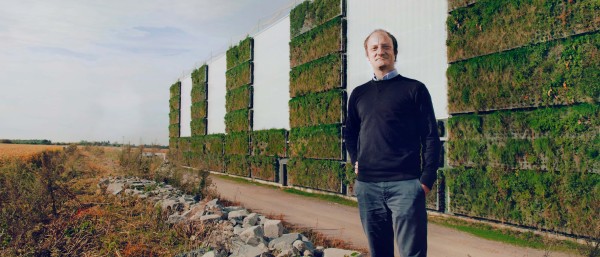
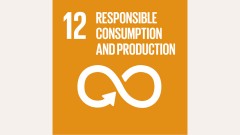
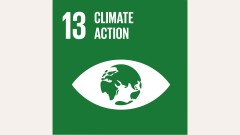
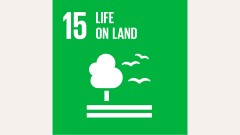
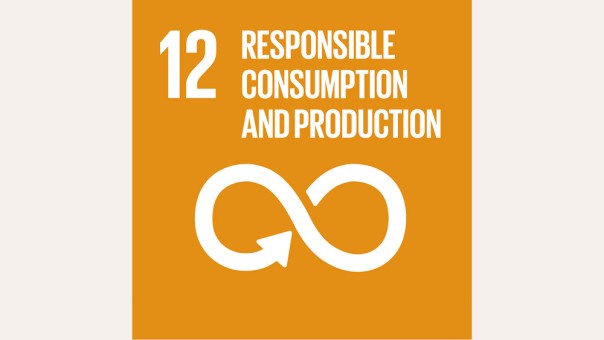
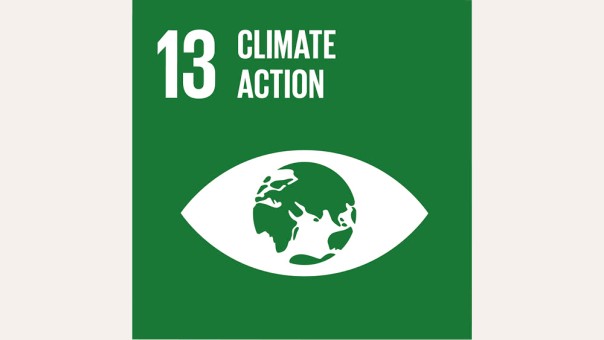
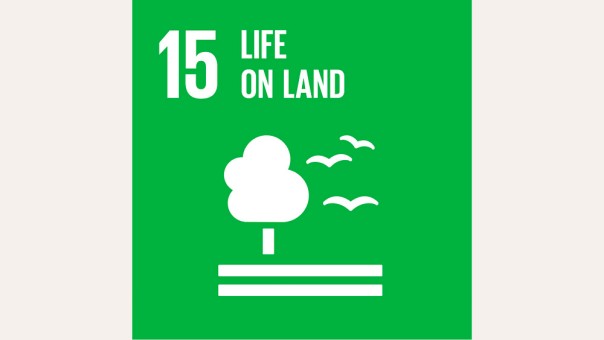

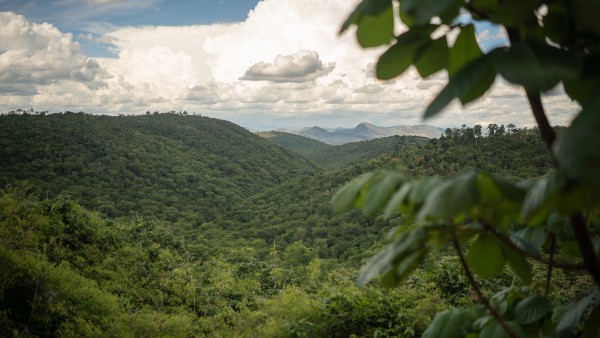
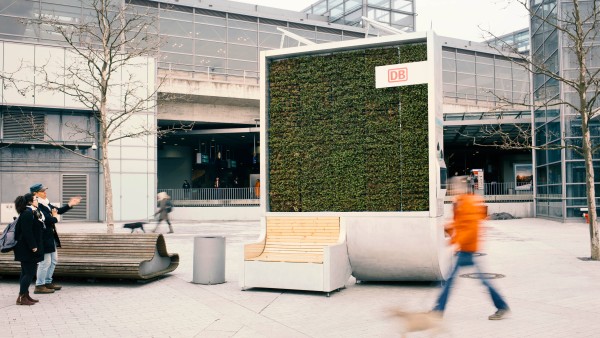
Data protection principles
If you click on one of the following icons, your data will be sent to the corresponding social network.
Privacy information